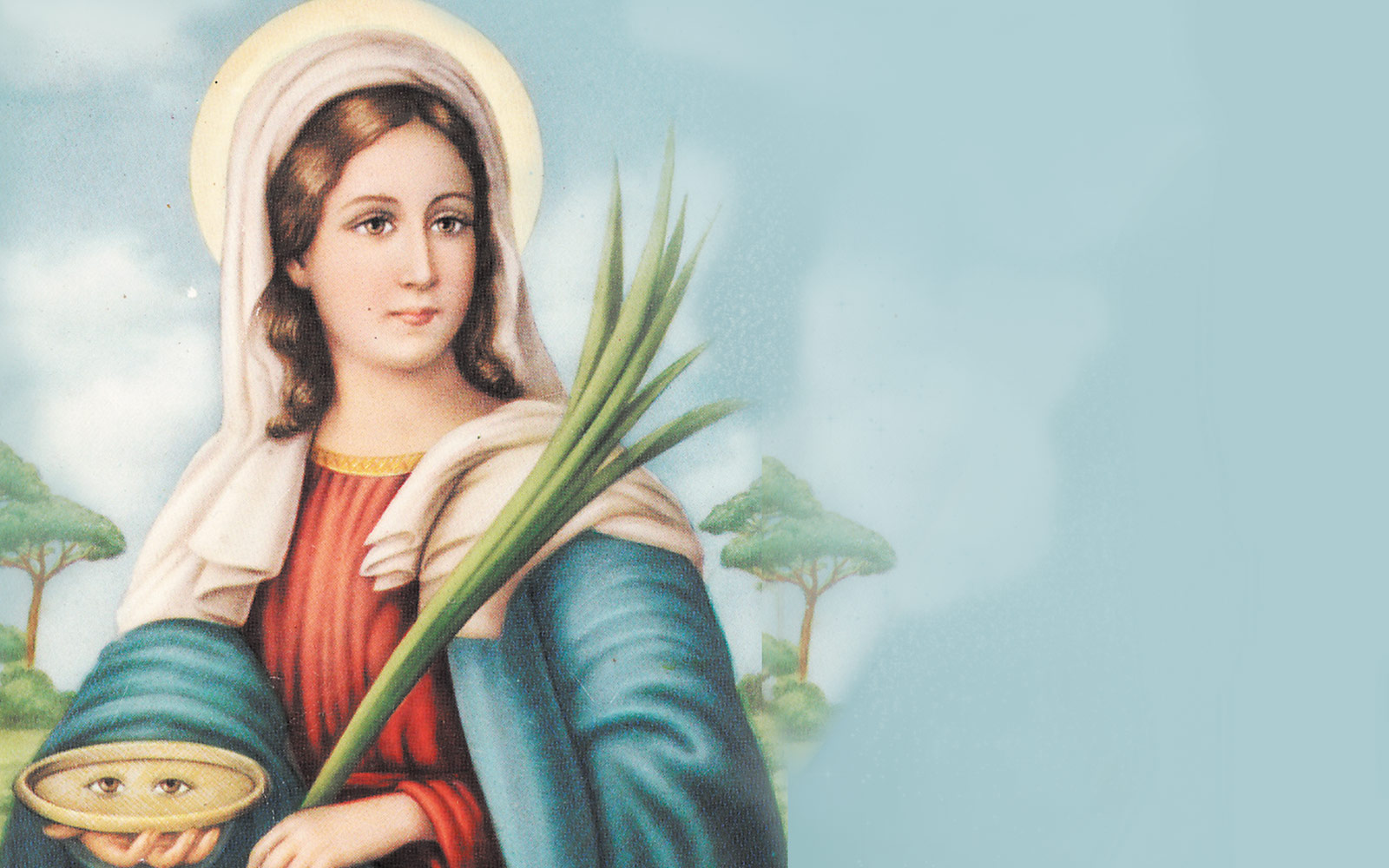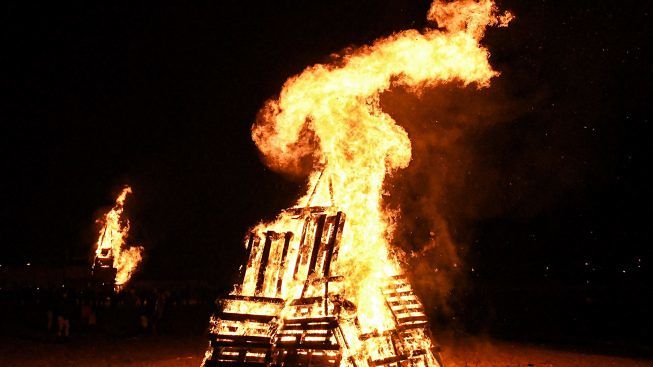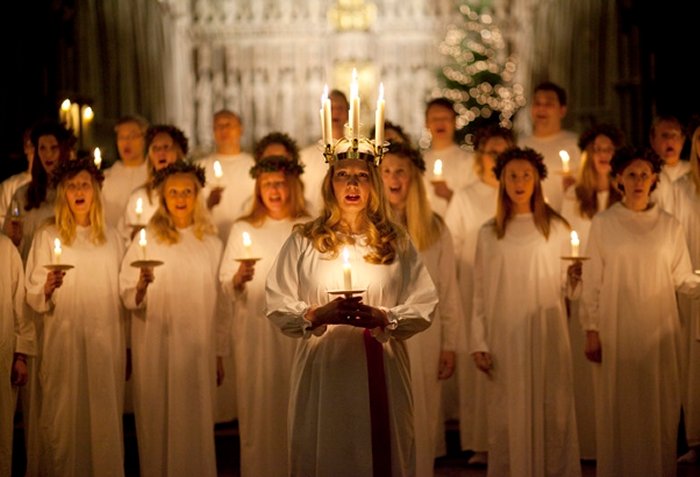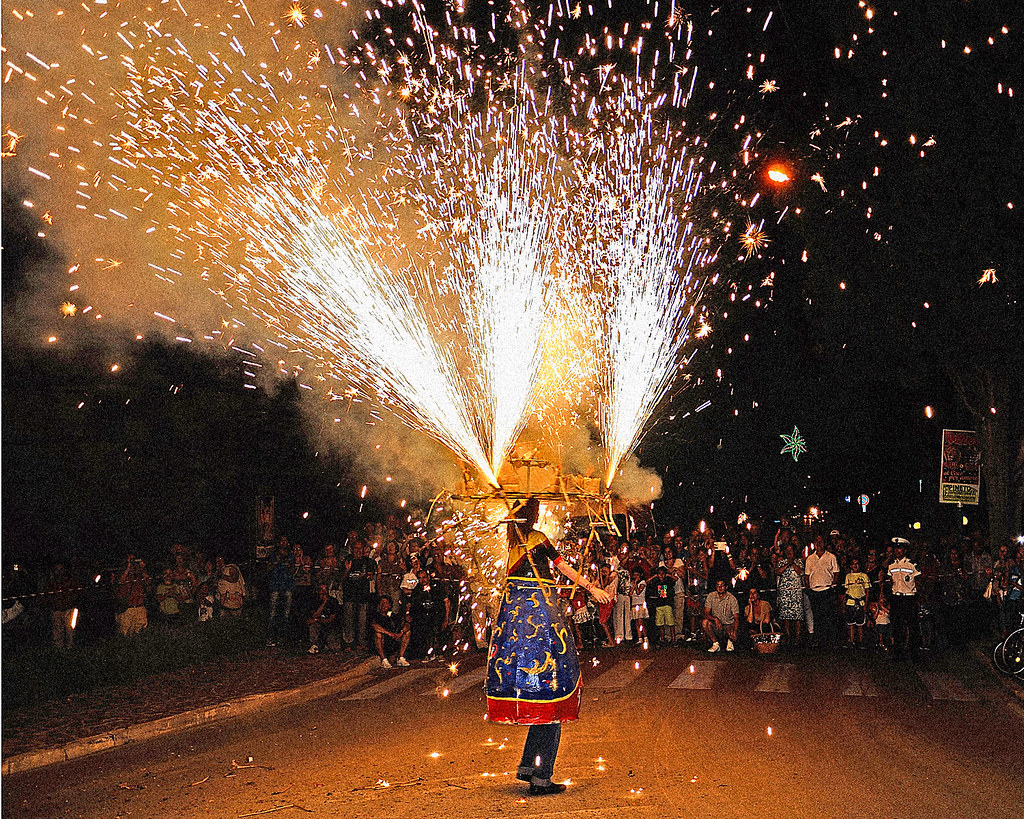Advent is a deeply felt moment of the year in Italy. Not just for the Christian tradition (Advent means “coming” in Latin, the coming of Jesus into the world), but the celebrations are also linked with many ancient folk rituals. In rural world, this moment of the year coincides with the renovation of Nature. Big fires were lit at night to celebrate light and winter.
A folk tradition, which became also a religious celebration, is held on December 13th. For the Roman church December 13th marks the celebration of Saint Lucy (Santa Lucia), a martyr during the Diocletian Persecution, who became the patron of sight.

A folk saying also recites “Santa Lucia, il giorno più corto che ci sia” (“Saint Lucy, the shortest day of the year”), because December 13th was erroneously considered the shortest day of the year in ancient times (it is actually the day the sun sets the earliest during the year).
Celebrations of Santa Lucia all over the world are commonly associated with light and fire (Lucia means “light”).

Photo Credit: ilcrotonese.it
In Northern Italy, Santa Lucia also brought gifts to kids, just like Santa Nicholas.
In Sweden
“the oldest daughter of a family will wake up before dawn on St. Lucy’s Day and dress in a white gown for purity, often with a red sash as a sign of martyrdom. On her head she will wear a wreath of greenery and lit candles, and she is often accompanied by “starboys,” her small brothers who are dressed in white gowns and cone-shaped hats that are decorated with gold stars, and carrying star-tipped wands. “St. Lucy” will go around her house and wake up her family to serve them special St. Lucy Day foods, such as saffron buns and Lussekatter (St. Lucy’s Cats), shaped into X’s, figure-8s, S-shapes, or crowns.” – Source

Photo credit: ancientpages.com
In Abruzzo we still celebrate this date, both as a devotion to Santa Lucia and as a symbol of light and renovation.
In the small town of Prezza, each neighborhood lit up a big fire and tried to make the highest and biggest one.
In Torre de’ Passeri, the celebrations start in the morning, with the music of the marching band, and continues all day, with a procession carrying the statue of the saint around the town and the dance of the Pupa (a big woman-shaped handcraft) with fireworks to end the celebrations.

Photo credit: Gianluigi Storto
In San Salvo, a morning mess is celebrated, during which the eyes are blessed, and the statue of Santa Lucia is carried around the village; then there is the blessing of traditional pastries and the lighting of the fire.
Do you celebrate Santa Lucia? Do you have special traditional rituals?
©Maple&Saffron
Follow us